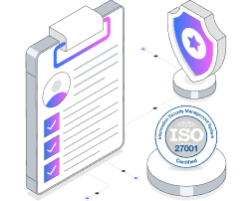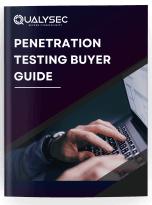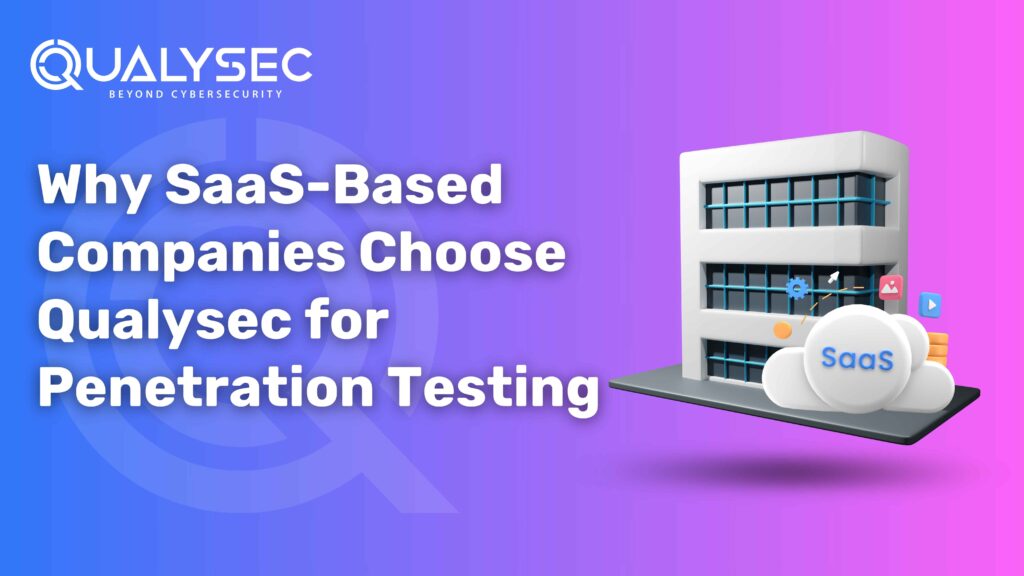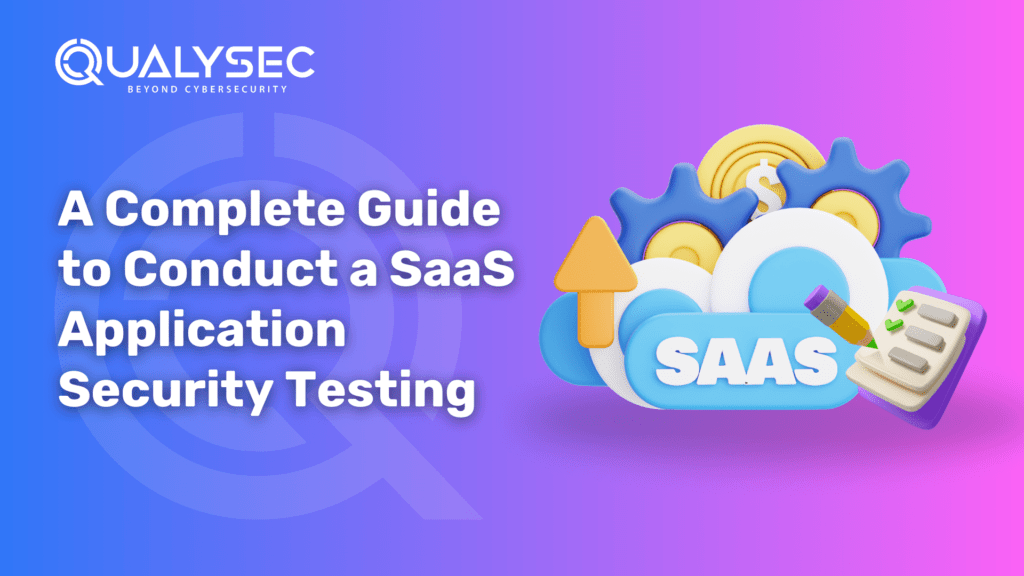Why SaaS-Based Companies Choose Qualysec for Penetration Testing
SaaS-based companies thrive on trust. Customers rely on them to handle sensitive data and operate without interruption, so ensuring your SaaS app’s or platform’s security is not just a nice-to-have but a necessity. This is where SaaS Penetration Testing plays a critical role. Partnering with the right cybersecurity experts can make all the difference, and that’s why so many SaaS companies turn to Qualysec for penetration testing. This article will explore the security challenges SaaS companies face, highlight a real-life success story that shows the impact of Qualysec’s services, and explain why a Letter of Attestation is vital for these businesses. We’ll also uncover why top SaaS companies place their trust in Qualysec. Understanding SaaS Security Challenges SaaS security companies operate in an environment where trust is currency. Their customers depend on these companies to securely store and process sensitive data, power critical business applications, and maintain round-the-clock uptime. However, keeping this trust is easier said than done when confronted with challenges such as: 1. Frequent Cyberattacks: SaaS platforms attract cybercriminals due to the treasure trove of user data they hold. From data breaches to phishing scams and ransomware attacks, SaaS companies face numerous threats daily. 2. Evolving Threat Landscape: The pace at which new vulnerabilities emerge makes security a moving target. SaaS companies may unknowingly deploy software containing unpatched vulnerabilities or security gaps. 3. Regulatory Requirements: Many SaaS companies serve highly regulated industries like finance and healthcare. These industries demand strict compliance with frameworks such as HIPAA, GDPR, and ISO standards, which require regular security testing. 4. Customer Demands: Enterprise customers often require evidence of robust security measures before signing contracts. Without providing proof of security assurance, SaaS providers risk losing major deals. This is where SaaS penetration testing comes in. By identifying exploitable vulnerabilities and simulating real-world attacks, SaaS companies can ensure their platforms are battle-ready against cybersecurity threats. How Qualysec Helped a SaaS Company Win a Major Customer A SaaS pentesting company has developed a robust subscription management platform aimed at enterprise clients. A major bank expresses interest in using the software, but there’s one condition before signing the contract. The bank, being a high-security customer, requires proof that the SaaS product is secure from vulnerabilities and cyber threats. They insist on a third-party penetration testing report and a Letter of Attestation as part of the deal. This is where Qualysec took the lead. Step 1: Comprehensive Penetration Testing Qualysec’s certified team started by conducting a thorough penetration test of the SaaS platform. This included evaluating the software for vulnerabilities in various areas, such as: Using advanced techniques and automated tools, their experts identified potential weak points that could expose the SaaS company to breaches. Each finding was documented with severity levels, impacts, and recommended fixes. Step 2: Guidance on Remediation Merely identifying vulnerabilities isn’t enough; resolving them is what matters. The Qualysec team worked hand-in-hand with the SaaS company’s development team to address every issue. From patching software flaws to optimizing code, the emphasis was on long-term security, reducing vulnerabilities even for future updates. Step 3: Retesting for Full Security Assurance Once the vulnerabilities were mitigated, Qualysec performed comprehensive retesting to validate the fixes. This ensured that no loopholes were left open and the bank’s high-security standards were fully met. Step 4: Letter of Attestation Lastly, Qualysec issued an industry-recognized Letter of Attestation confirming the platform’s security compliance. The document stated that the SaaS security solution had undergone rigorous penetration testing and was secure against potential cyber threats. With the penetration testing report and Letter of Attestation in hand, the SaaS company successfully assuaged the bank’s concerns. The result is a signed subscription deal with one of the most high-profile customers in their portfolio. Talk to our Cybersecurity Expert to discuss your specific needs and how we can help your business. Schedule a Call Why a Letter of Attestation Matters for SaaS Companies For SaaS organizations, security and trust go hand-in-hand. A Letter of Attestation (LoA), issued by a trusted SaaS penetration testing provider, is crucial for establishing this foundational trust. Here’s why it holds such significance for SaaS businesses: 1. Demonstrates Accountability No one wants to do business with a company that neglects its security responsibilities. Engaging a verified third-party like Qualysec for SaaS penetration testing shows that your business prioritizes safety, not just with words but with actionable measures. The LoA is tangible evidence of your commitment to protecting sensitive user data. It signals to customers, investors, and stakeholders that you’ve taken the necessary steps to identify and fix vulnerabilities before malicious attackers can exploit them. For example, by involving Qualysec, you’re ensuring top-notch testing methodologies that strengthen every layer of your infrastructure. 2. Satisfies Client Security Requirements If you’ve worked with enterprise-level clients in industries like finance, healthcare, or e-commerce, you already know how important security proof is. These industries deal with sensitive data, and their risk tolerances are incredibly low. They won’t engage with a SaaS provider unless there’s assurance that their information will remain protected. A Letter of Attestation serves as a “green light” for potential clients. With Qualysec, the LoA comes with the credibility of a trusted security partner known for its rigorous assessment processes. This documentation can tip the scale in partnership negotiations, paving the way for long-term contracts with high-value clients. 3. Boosts Regulatory Compliance Compliance with security frameworks like SOC 2, ISO 27001, or GDPR isn’t just optional for SaaS companies operating globally; it’s essential. A failure to meet these standards can result in heavy penalties, reputational damage, and lost business opportunities. Here’s where the Letter of Attestation becomes indispensable. When regulatory auditors come knocking, showing proof of regular security testing conducted by a recognized provider like Qualysec instantly demonstrates compliance. It’s a proactive step that allows you to meet industry standards while planning for future audits with confidence. For example, imagine your business has achieved SOC 2 certification. A penetration test and LoA from Qualysec could strengthen your case,





